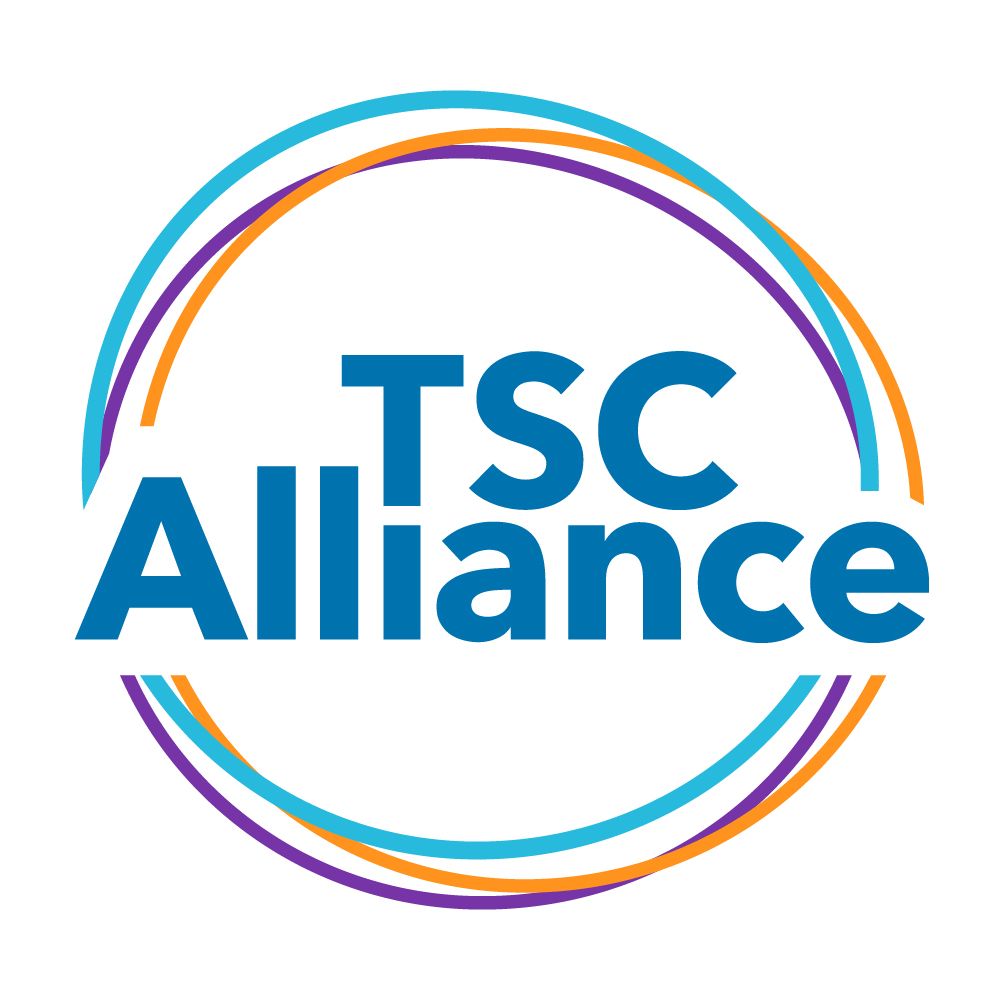
Sirolimus Topical Gel Available for Facial Angiofibroma Associated With Tuberous Sclerosis Complex

The 0.2% topical gel, branded as Hyftor by Nobelpharma America, was approved in March 2022, and is indicated for individuals aged 6 years and older with TSC. It is the first topical therapy approved for this population.
Nobelpharma America has announced that its sirolimus topical gel 0.2% (Hyftor) has become commercially available in the United States.1 The therapy is a topical medication, the first for this indication, that was approved in March 2022 for the treatment of facial angiofibroma associated with tuberous sclerosis complex (TSC) in adults and children ages 6 years and older.2
Yoshiki Kida, president and CEO of Nobelpharma America, said in a statement that "the US launch of Hyftor is a landmark event for Nobelpharma America. We are proud to bring our first product to the United States TSC community. As we look ahead, we aspire to bring new hope to those living with this rare disease."1
Facial angiofibroma is estimated to occur in approximately 75%-80% of patients with TSC, and without treatment, it can cause significant disfiguration, bleeding, pruritus and erythema.3 This translates to roughly 40,000 of the 50,000 individuals with TSC in the US.
Sirolimus, the active ingredient in the topical gel agent, is a mammalian target of rapamycin (mTOR) inhibitor. As an oral agent, it is approved under the brand name Rapamune (Pfizer) and is indicated for the prophylaxis of organ rejection in patients ages 13 years and older who are receiving renal transplants, and for the treatment of patients with lymphangioleiomyomatosis.4
Another formulation of sirolimus, known as TAVT-18 (Tavanta Therapeutics), is currently being assessed in a phase 1/2 study for preventing or delaying seizure onset in those with TSC. The trial, called TSC STEPS (NCT05104983) was initiated in October 2021.
WATCH NOW:
Led by Darcy Krueger, MD, PhD, director, Tuberous Sclerosis Clinic, Cincinnati Children’s, the trial is expecting to enroll 64 individuals through 2024 and follow-up until age 2, over the course of 4 total years.
He added that trials have suggested that acting on the mTOR pathway can reduce both phase change and fibroma in TSC. “We know that this pathway is key to many of the disease manifestations in TSC and targeting it has definite benefits. Building on all of that, we showed that it worked in epilepsy in later individuals,” Krueger said.
In a 2021 NeurologyLive®
He stressed the need to increase awareness about the availability of the surveillance and the diagnostic criteria for TSC. They are published in Pediatric Neurology,5 and additionally are available on the
REFERENCE
1. HYFTOR™ (sirolimus topical gel) 0.2%, the first FDA-approved topical treatment for facial angiofibroma associated with tuberous sclerosis, is now available in the US. News release. Nobelpharma America. August 30, 2022. Accessed August 30, 2022. prnewswire.com/news-releases/hyftor-sirolimus-topical-gel-0-2-the-first-fda-approved-topical-treatment-for-facial-angiofibroma-associated-with-tuberous-sclerosis-is-now-available-in-the-us-301614013.html
2. FDA approves Nobelpharma's HYFTOR™ (sirolimus topical gel) 0.2%. News release. Nobelpharama America. April 4, 2022. Accessed August 30, 2022. https://www.prnewswire.com/news-releases/fda-approves-nobelpharmas-hyftor-sirolimus-topical-gel-0-2-301516272.html
3. Hatano T, Ohno Y, Imai Y, et al. Improved health-related quality of life in patients treated with topical sirolimus for facial angiofibroma associated with tuberous sclerosis complex. Orphanet J Rare Dis. 2020;15(1):133. doi:10.1186/s13023-020-01417-5
4. Rapamune FDA label. Revised August 2022. Accessed August 30, 2022. https://labeling.pfizer.com/ShowLabeling.aspx?id=139§ion=MedGuide
5. Northrup H, Aronow ME, Bebin EM, et al; Tuberous Sclerosis Complex Consensus Group. Updated International Tuberous Sclerosis Complex Diagnostic Criteria and Surveillance and Management Recommendations. Ped Neurol. 2021;123:50-66. doi:10.1016/j.pediatrneurol.2021.07.011
6. Diagnosis, Surveillance and Management. TSC Alliance website. Updated 2021. Accessed August 30, 2022. https://www.tscalliance.org/healthcare-professionals/diagnosis/
Newsletter
Keep your finger on the pulse of neurology—subscribe to NeurologyLive for expert interviews, new data, and breakthrough treatment updates.




